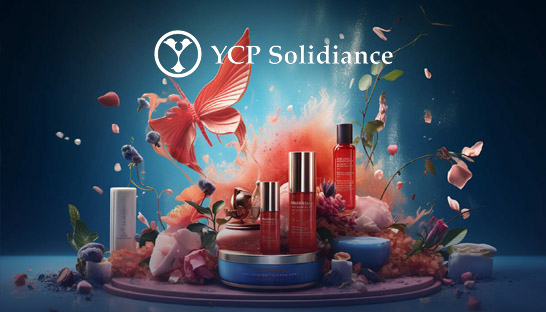The skincare sector in Indonesia is projected to expand over the next four years at a compound annual growth rate of nearly 5% due to more easily accessible information on the advantages of skincare and personalized approaches catered to consumers. That is according to a report on the state of Indonesia’s skincare industry from YCP Solidiance.
Skincare preferences are constantly evolving, influenced by healthcare and technological advancements, consumer trends, and influences from the like of influencers, celebrities, and experts.
For skincare companies to remain relevant, it is crucial to consistently monitor and adapt to shifts in customer behavior and emerging trends.
Which products are most popular?
The Indonesian skincare market is predominantly led by facial care, constituting approximately 57% of the total market share. Consumers prioritize this segment due to readily available information, ease of access, and the expanding range of facial care products. Notably, sun protection products have experienced the most significant growth in the period between 2015 and today, and are forecasted to continue their strong growth in the years ahead.
The next largest category is products for the body, which can include a pretty wide variety of products like lotions, oils, and body washes.
How much do consumers spend?
The report by YCP Solidiance – a homegrown Asian management consulting firm – found that 61% of skincare product users in Indonesia will usually spend between 100,000 to 400,000 Indonesian rupiah a month on skincare. This mostly includes products that are locally available for consumers.
In contrast, it is only a minority of consumers that spend big money on skincare, though overall, 39% of skincare users boast high annual household incomes. More premium products, typically imported skincare products, fall within the budgets of a good portion of consumers.
Criteria for choosing products
Indonesian skincare customers are pretty discerning when it comes to product choices, looking closely at criteria like quality, safety, ingredients, and brand. For 28% of respondents to a survey, recommendations from relatives were the most important deciding factor when choosing a product.
80% of respondents said they prioritize the safety of certified products when making skincare purchases, emphasizing a careful evaluation of product ingredients. Beyond product considerations, over half of the respondents also factor in price as a key consideration when making their purchasing decisions.
E-commerce is leading
E-commerce is currently leading the way as the main way for Indonesians to buy skincare products, valued for convenience and efficiency. Projections indicate that online channels are poised for 11% growth in the coming three years. This growth is attributed to the post-pandemic surge in e-commerce adoption and increased competition within the local market.
For 81% of skincare consumers, e-commerce is the preferred channel because of competitive pricing and the ability to consult reviews. Despite this, brick-and-mortar shopping remains in demand, especially for skincare, where beauty stores and pharmacies are trusted purchasing channels. The advantage of in-store shopping revolve around the ability to sample products and consult with experts in the store.
